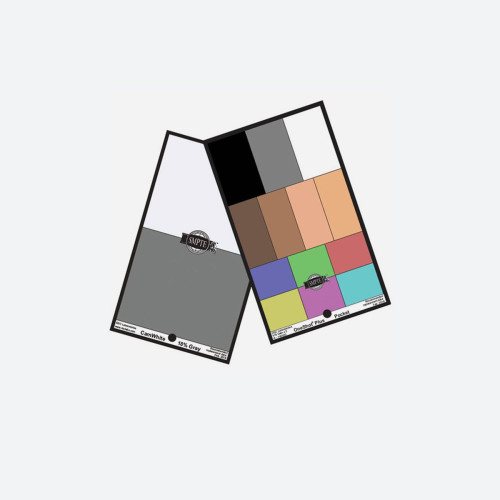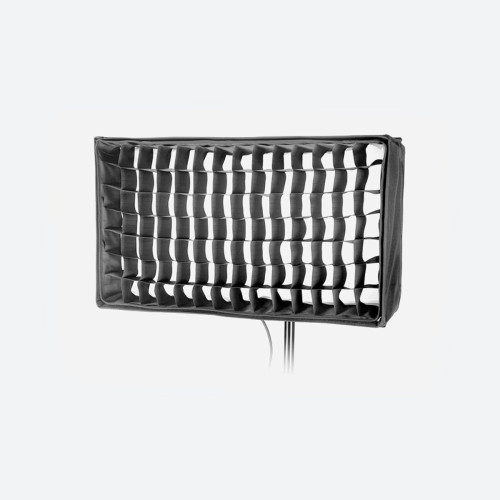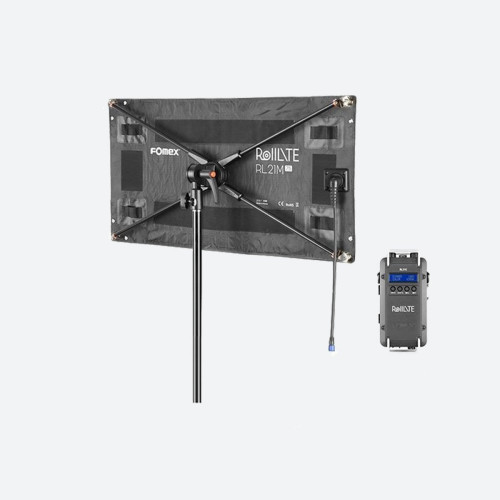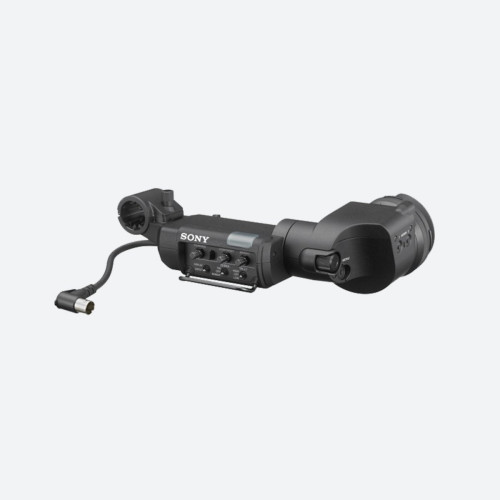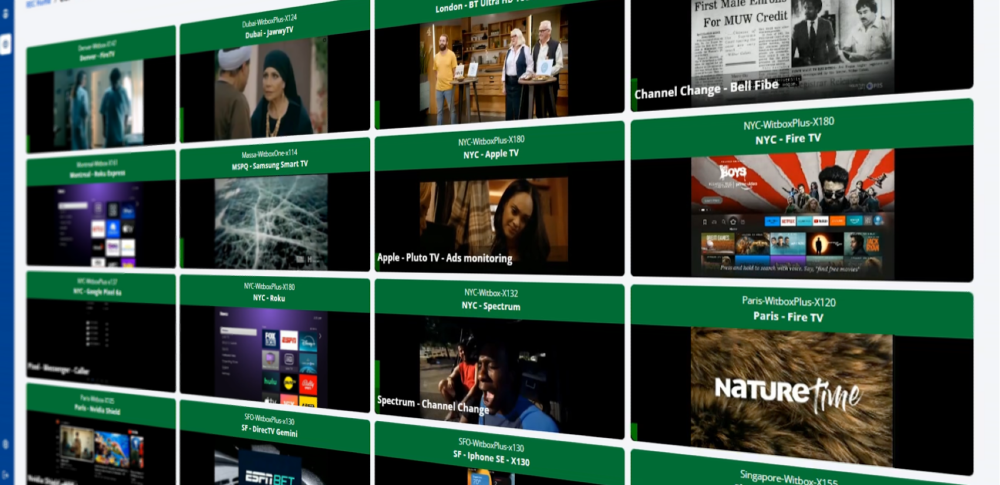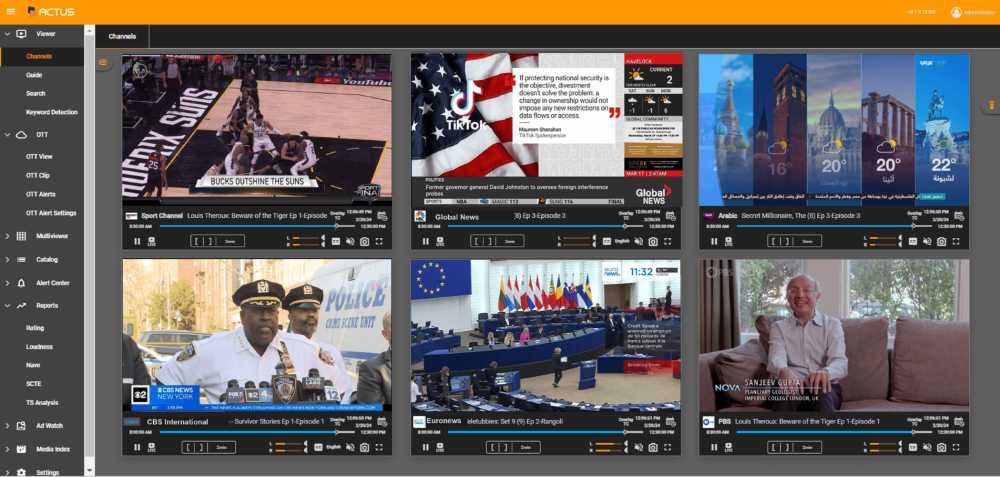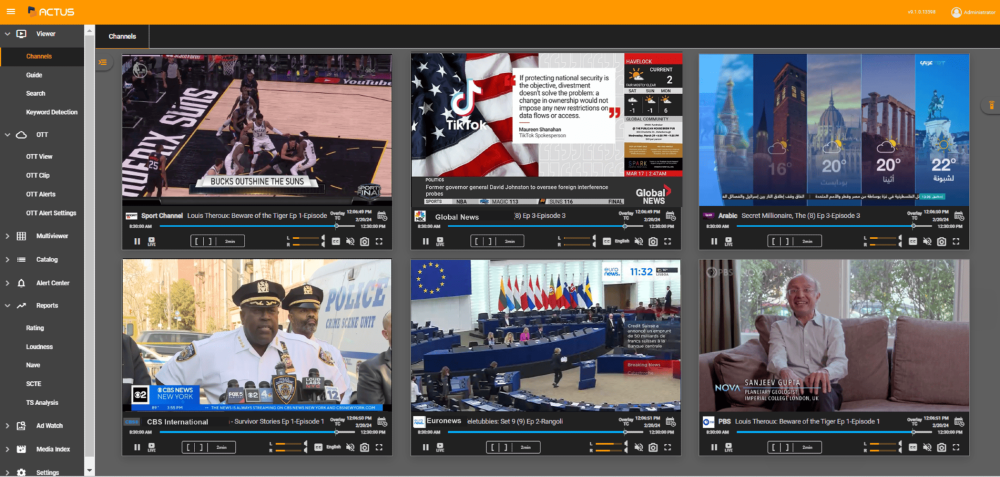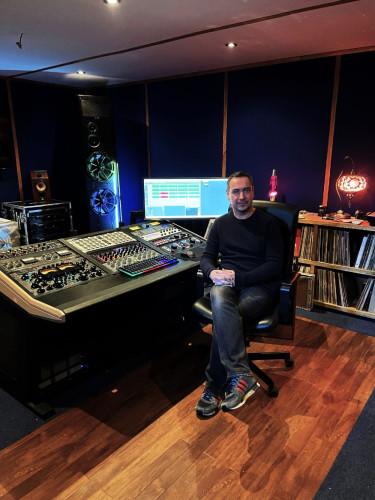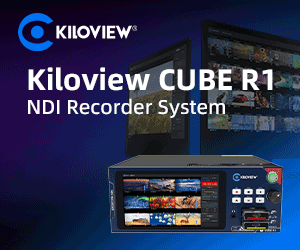It\'s actually a more difficult question than you think. When I ask the majority of engineers this question, I will get a technical answer. It will be something like "to be sure we meet the specification\" or "to be sure we don\'t put bad signals on air\" or "so that I don\'t get fired for getting loudness wrong\"
The reality of course is that monitoring and QC generate data to allow a person or a system to make a decision and that decision has business value. If content fails QC or monitoring shows a fault, then the decision is often to do more work or to take some action. This costs money and has implications.
QC and Monitoring are therefore a sort of technical insurance that allows business decisions to made, ensuring the continued smooth and profitable running of the organisation. To my mind this is a key factor because often the Monitoring and QC data are referenced to a specification or a standard which implies that those specifications and standards are also key to the continued smooth and profitable running of the organisation.
So, what is the difference between a specification and a standard? No this isn\'t a joke, it\'s key to understanding how much money to spend on monitoring and QC activities in an organisation. Broadly, a standard is created by a due-process organisation such as SMPTE, ITU, ISO and the like. The process is very important because it allows scrutiny of how the standard came into being and ensures fair play.
A specification is often created by an entity that may be a public body, but does not necessarily have an approved due process. These specifications might be international in scope e.g. specifications from the AMWA or VSF, national in scope e.g. DPP or NABA, or even de-facto from a specific organisation. The specifications will also, very commonly reference other standards and specifications.
A well defined specification and standards ecosystem will allow producers freedom to choose the cameras they want without impacting the delivery on finished content to distribution channels. Great standards and specifications remove other specifications from the ecosystem and make the world potentially simpler.
In today\'s complex software world, I think we\'re ready for a change. The days of writing standards and specifications as long Word documents for human consumption was ok in the 1980s when we were fighting physics. Today we are struggling with complex IP and file interoperability where the machines and software need to be able to unambiguously follow the rules. Some great work has been done at the DPP to express complex specifications as a set of modular rules to ease the machine implementation of the ecosystem. This work is critically important if we are to define a relevant monitoring and QC environment at reasonable cost in the future (i.e. 2017). If this work interests you, then why not join SMPTE and the DPP to take part - or just drop me and email to chat about it.
The writing is on the wall for paper media standards and that should make life easier for everyone.








